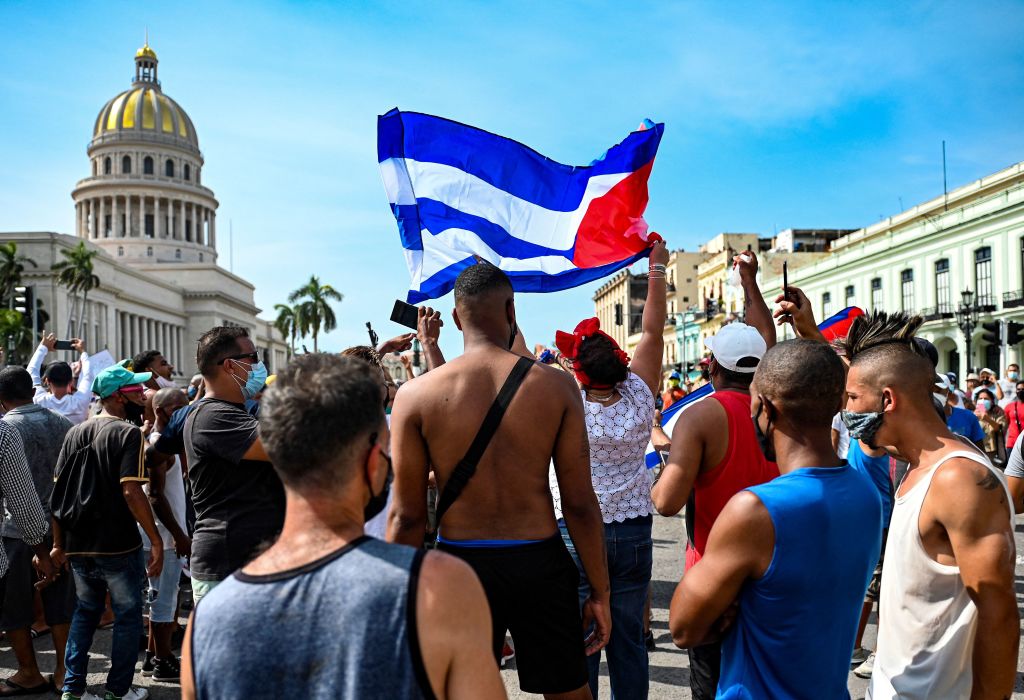One year after Cuba was rocked with protests due to shortages of necessities, the island nation is seeing one of the largest exoduses from its territories since Fidel Castro’s revolution of 1959.
The summer of 2021 protests led to activists being detained, threatened, and harassed, according to a report by The Washington Post. Events surrounding the protest and the governmental response prompted frustrated citizens to defect, particularly young people.
According to the Post, teachers, farmers, and parents of young children are among the groups primarily fleeing the communist nation citing economic issues and the lack of significant reforms as some of their reasons for the departure.
The report states that much of Cuba’s youth are leaving at a time when the nation’s growth rate is the lowest it has been in the past six decades.
Miami attorney Wilfredo Allen reported receiving 20 to 30 emails a day from individuals who are either hoping to leave Cuba, are waiting at the United States-Mexico border, or are already in the United States, and he described the movement as “unstoppable.”
“Almost every Cuban I’ve dealt with is young. And they are leaving because they have no hope,” Allen said, pointing out the defining aspect of the newcomers.
While most of the Cubans fleeing their country arrive in Miami, over 140,000 Cubans have been taken into custody at the United States-Mexico border since Oct 1 of 2021, according to U.S. Customs and Border Protection.
The recent departures from the communist stronghold has overtaken even the 1980 boatlift that took place when Fidel Castro opened the port of Mariel to anyone who wanted to leave, according to the Post.
The massive boatlift that took place four decades ago saw about 125,000 leave the island nation.
U.S. Coast Guard officials have detained close to 3,000 Cubans since Oct. 1 of last year, which was a huge increase over the 838 they detained during the previous fiscal year.
It’s estimated that anywhere from 100,000 to half a million marched in last summer’s protests. Compared to the nation’s roughly 11 million population, it appears that a significant portion of the country’s population were involved in mass protests.
Demonstrations took place in large cities such as Havana and Santiago de Cuba as well as small towns where a scant few gathered to yell, “Patria y Vida!” — Fatherland and Life. The chant was a pushback against the revolutionary slogan “Patria o Muerte”: Fatherland or Death.















 Continue with Google
Continue with Google